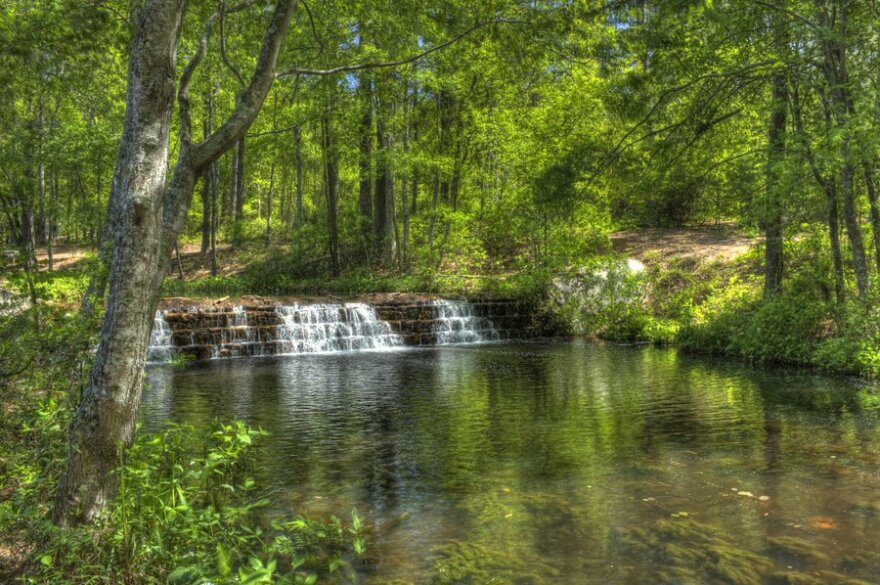Sesquicentennial State Park in Columbia gets about 800,000 visitors every year, but park archaeologist Stacey Young said only a few are aware of the history beneath their feet.
Sesqui, as many vistors call it, was established as a "whites-only" park by the Civilian Conservation Corps in the 1930s as a part of President Franklin D. Roosevelt's New Deal legislation.
But it wasn't always a park. Sesqui has a rich history of being home to different peoples dating back centuries.
"A lot of that history is erased," Young said.
The University of South Carolina's Department of Anthropology is helping to uncover this hidden history.
The 1,400 acres of towering pine trees and winding trails among South Carolina's Sandhills region were first home to Indigenous tribes such as the Congaree, Wateree, Catawba and Cherokee, who are often associated with Richland County.
During the antebellum period, the park was the plantation of James Douglass. This altered the natural landscape of the area, and the lasting impacts can still be seen today. The present-day lake was born of Jackson Creek, which Douglass dammed to create a pond.
The land was also used for logging and turpentine extraction, which eventually led to deforestation.
Throughout the late 19th and early 20th centuries following the Civil War, Sesqui was cultivated by African American tenant farmers. Soon, there was a growing African American community. Parts of the park were once the sites of churches and schools serving this community.
But these communities were essentially evicted off the land once the area was chosen to become a state park, said Kelly Goldberg, a clinical assistant professor of anthropology.
"We thought it would be a great chance to both teach students the importance of that history, while also teaching them the archaeology tools to uncover it," Goldberg said.
Over the summer, Young, along with a team of students and professors at USC, coordinated a dig at Sesqui. Goldberg said they began with more than 100 dig tests. The team dug three to four pits a day, from 50 to 100 centimeters deep, depending on the soil.
Soon they found physical evidence of the park's history. They discovered former sites of houses, trash pits and an old fence line. Remnants of bricks, nails, window glass and ceramic were indicative of former homesteads. They also found doll parts, belt buckles and buttons, as well as horseshoes and pieces of plows and machinery parts.
They also found confirmation that the site was once occupied by Indigenous peoples.
"It reiterates that this land has been used by different groups of people over time," Goldberg said.
Lauralee Martin, a student on the team, is earning her graduate certificate in archaeology and cultural resources management.
She said many of her anthropology classes have involved theory and law. This experience gave her a more practical, hands-on look at fieldwork and how it works. The discoveries they made made it even more gratifying, she said.
"It was eye opening to learn that something I had just kind of lived with my whole life was actually very historically convoluted," Martin said. "It was a new layer of knowledge that made me appreciate the park a little bit more."
Young said that archaeology at Sesqui is a "work in progress." There is potential for larger excavations in the future, she said.
"It's important to document the history because it gives us a better understanding of where we are today," Young said.
The department is still working on processing artifact data. Weekly archaeology nights, usually on Tuesdays at 5 p.m. in the Hamilton College building, are open to the public, where folks can interact with the department's findings.


